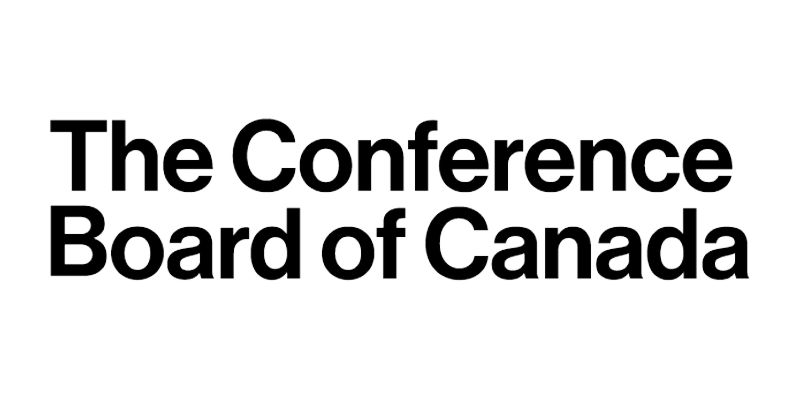Provincial Economies Rounding the Corner

OTTAWA, June 06, 2024 (GLOBE NEWSWIRE) — Consumer spending remains muted and decreasing corporate earnings have hampered businesses’ major investment capacity, according to new research from The Conference Board of Canada. The worst is behind us, however. Canada’s real GDP growth is forecast to be just 0.8 per cent in 2024, before recovering to 2.2 per cent in 2025. The Conference Board of Canada anticipates the Bank of Canada to be satisfied enough with the climbdown of inflation to begin interest rate cuts this summer.
“Regional influences will shape the growth prospects of provincial economies, with the largest economies expected to be amongst the weakest performers,” stated Richard Forbes, Lead Economist at The Conference Board of Canada. “Still, the trade sector will generally be a source of strength for Canada this year, despite its sluggish start, while eagerly anticipated interest rate cuts will help stimulate investment and spending activity across Canada.”
With the Terra Nova Offshore oil platform resuming operations following years of maintenance shutdowns, Newfoundland and Labrador is primed for the largest rebound. However, looking further ahead, growth prospects will be tempered by demographic factors. GDP growth is forecast to be 2.9 per cent in 2024, before tapering to barely 1.0 per cent by the end of the five-year forecast period.
Alberta’s economic outlook is being buoyed by the completion of the twinned Trans Mountain pipeline. The increased pipeline capacity, coupled with favourable conditions for population and income growth, is expected to propel GDP growth to 1.7 per cent in 2024 and maintain annual growth above the national average from 2025-2028.
Nova Scotia’s economy has been more resilient than its eastern counterparts, benefiting from relatively strong income and employment growth amid a population surge. Investments and exports are additional factors contributing to the strong outlook for the province, which is projected to see a GDP gain of 1.5 per cent in 2024.
Among the other provinces, New Brunswick will be one of the leaders in durables spending gains and home-building performance. However, growth will be constrained due to weak forestry fundamentals. GDP growth is projected to land at 1.0 per cent in 2024.
While British Columbia has felt the downturn in major business investments, the province will experience some of the strongest household income gains in the coming years compared to other provinces. Additionally, the province will reap the benefits from this year’s strong performance in oil and gas exports. British Columbia’s economy is forecast to expand by 1.3 per cent in 2024, followed by a stronger 2.4 per cent through 2026.
Manitoba’s diverse manufacturing sector underpins an overall positive export outlook. The Canadian Premium Sand plant will also strengthen the sector in a few years once it begins producing solar glass. GDP is expected to increase by 1.3 per cent in 2024 and 2.4 per cent through 2026.
Several factors will hold back Prince Edward Island’s trade performance, including an export ban on seed potatoes, the lingering effects of Hurricane Fiona on the fishing sector, and a tourism sector that hasn’t fully recovered from the pandemic. GDP growth is forecast to be 1.3 per cent in 2024 and 2.4 per cent through 2026.
Despite a slow start in 2024, Saskatchewan’s economy is set to bounce back to above-average status. Although drought poses a threat, the province’s agricultural sector is expected to fully recover by 2025. The potash industry also holds significant growth promise, especially once production at Jansen’s mine begins in 2026. Saskatchewan’s GDP growth is forecast at 1.0 per cent this year before picking up significantly in 2025.
A fatigued consumer sector will impede growth in Ontario this year, with output expected to stall. However, longer-term prospects appear brighter as major investment projects begin, and consumers regain their spending power.
Quebec’s mining industry is positioned for growth, and industrial projects are set to be a strong point for the region. However, aggregate spending and incomes will be constrained due to weaker population growth. GDP is forecast to increase by just 0.4 per cent in 2024.
Media Contact
The Conference Board of Canada
E-mail: media@conferenceboard.ca
Tel: 613-526-3090 ext. 224
About The Conference Board of Canada
The Conference Board of Canada is the country’s leading independent research organization. Since 1954, The Conference Board of Canada has been providing research that supports evidence-based decision making to solve Canada’s toughest problems. Follow The Conference Board of Canada on Twitter @ConfBoardofCda.
Source: westerngrocer.com

